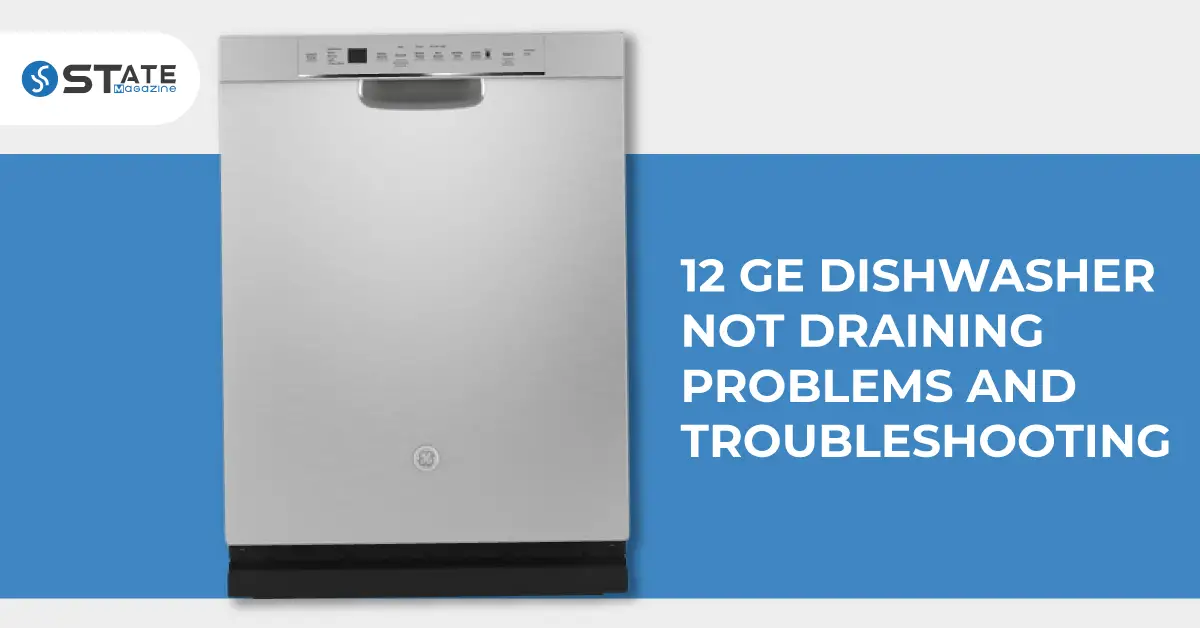There could be many reasons behind your GE dishwasher not draining. Some of these causes can be easily identified and fixed, while some would be hard to troubleshoot. But you can easily find all these possible reasons with the help of this guide. Since most of the reasons for poor draining of water, you might need to keep that in mind to make your investigation easier. But make your way through all these listed here, and you would be able to fix the issues.
How to Drain GE Dishwasher?
Contents
CAUTION: Make sure to unplug your appliance from the power supply before you attempt any troubleshooting or repairing. You may use glasses, gloves, or other possible PPEs to avoid personal harm and hazards.
1. Check for Blockage in the Sump and Filters
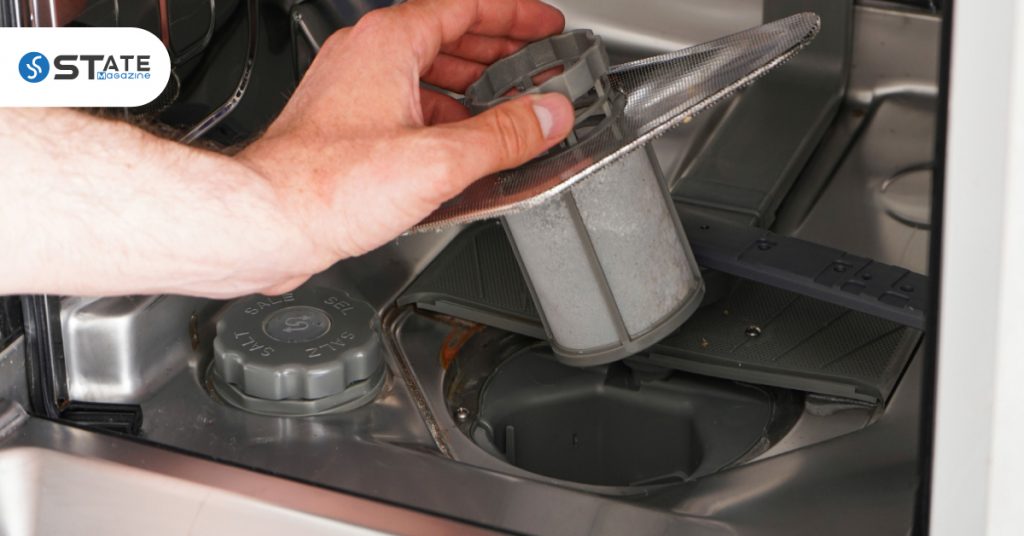
Before you start inspecting real matters, start by simply checking for any blockages. Find whether your dishwasher has a Fine or Ultra-Fine Filter. If you have, then remove it to check for any debris underneath. Remove any paper or food leftovers at the bottom of the dishwasher tub near the sump. Using the wire corrugated drain hose is recommended for dishwashers than using an old hose. It is always necessary to run the disposal before running the dishwasher so that it can prevent clogs. If you are not sure how to clean your filters, then follow these steps.
- Remove the bottom rack, turn the Ultra-Fine Filter counterclockwise and lift it.
- Then you can separate the Ultra-Fine and Fine Filter components.
- Clean these by washing each component separately with warm soapy water using a sponge.
- You can fix back the Ultra-Fine Filter by turning it clockwise. Make sure to line up the Fine Filter arrows with those on the Fine filter before you position it in place.
2. Air Gap is Clogged
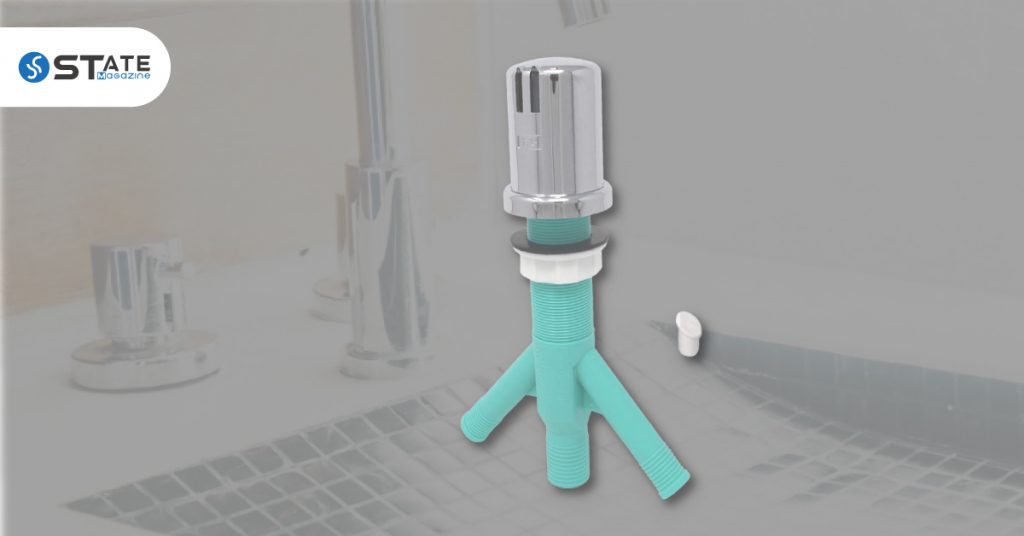
You would find your GE dishwasher not draining due to a blocked air gap. An air gap is used to prevent water from coming back to the dishwasher due to sink drain clogs. But sometimes, even this air gap can get clogged with time and needs regular cleaning. So clean this by removing the air gap cover and remove all debris using a paper towel. After you clean everything and if there are no visible obstructions, you can replace the cover.
3. Check the Drain Impeller
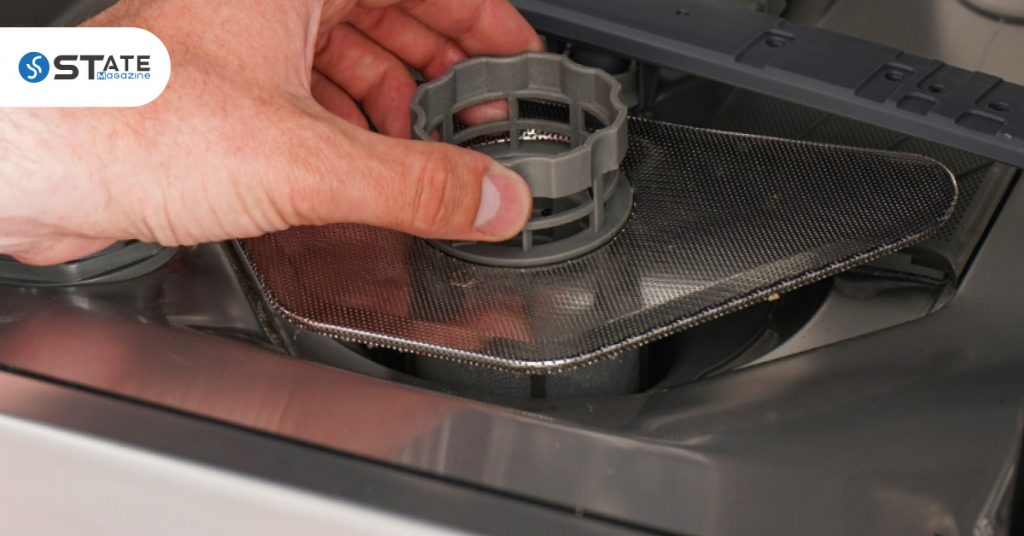
Then you need to check the drain impeller because it might get broken sometimes. Then the water will not be pushed out into the garbage disposal or drain line through the drain hose. You can check this by inspecting the drain impeller for any signs of damage. If you find any, then replace the parts. If you don’t recognize any issue here, you can move on to checking the next possible issue.
4. Inspect the Drain Pump
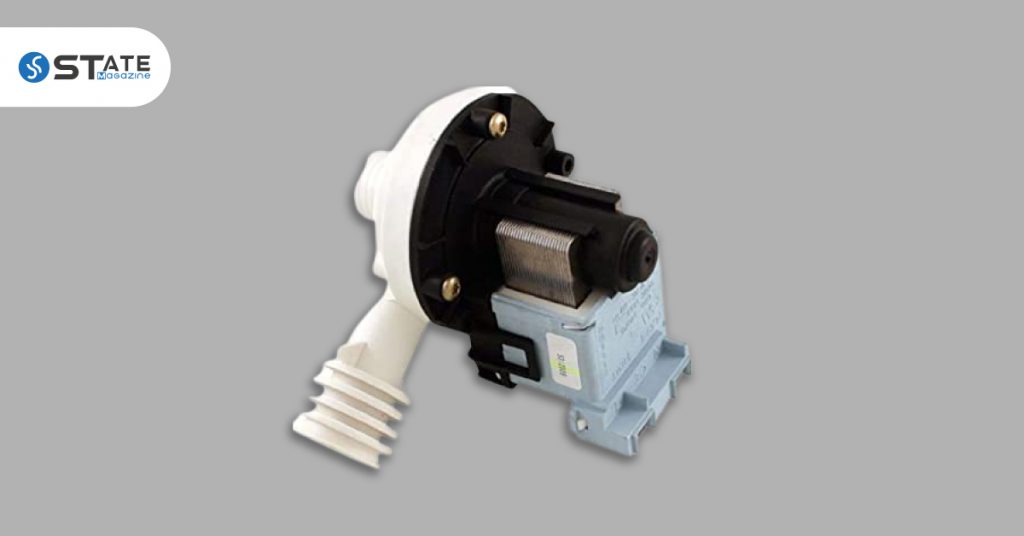
The drain pump is one of the main components involved in the draining of a dishwasher. So if this stops working, then the draining would not be done properly. You can inspect any errors by following these steps.
- First of all, turn off the power to the dishwasher.
- Locate the drain pump by referring to your manual if necessary.
- Check the continuity of the rain pump motor using a multimeter.
- If it doesn’t have continuity, then the motor is defective and needs to be replaced, as they are not repairable. If you find that there are no issues in the conductivity, then you need to check the next component.
If your drain pump needs to be replaced, then here is how it should be done. However, if you are not experienced and have no technical knowledge on such matters, it is recommended to contact a professional for help.
- Turn off the power supply and disconnect from the power points. Then disconnect the water supply as well.
- Remove the mounting brackets, and you might be able to pull out the dishwasher from under the counter. Now you can access the bottom easily.
- Make sure to lay this unit on its back to avoid any damage.
- Then remove the wiring harnesses from the drain solenoid. Detach the other from the motor as well.
- Next, loosen the clamp that goes to the sump. Also, loosen the outlet for the pump to the center spray nozzle.
- Now you can remove the clamp on the drain return line. During this step, keep a container or towel near to catch any spills as there might be water in this hose.
- Remove the support clamp for the motor and tilt the motor towards you. Detach it from the bottom of the tub, and you can pull it out.
- Take the pump and motor assembly to a spacious work area and remove the cutter blade and discard. You would have to hold the motor shaft while doing this.
- Remove the grater, discard and also the wear ring retainer, wear ring, and discard.
- Hold the motor shaft and remove the impeller.
- Remove the pump from the motor, detach the pump off the motor shaft by sliding and keep it aside.
- Next, you need to remove the seal from the pump and discard this old seal.
- Finally, clean any debris and reassemble the parts in the reverse order of removal.
5. Check the Drain Solenoid Kit
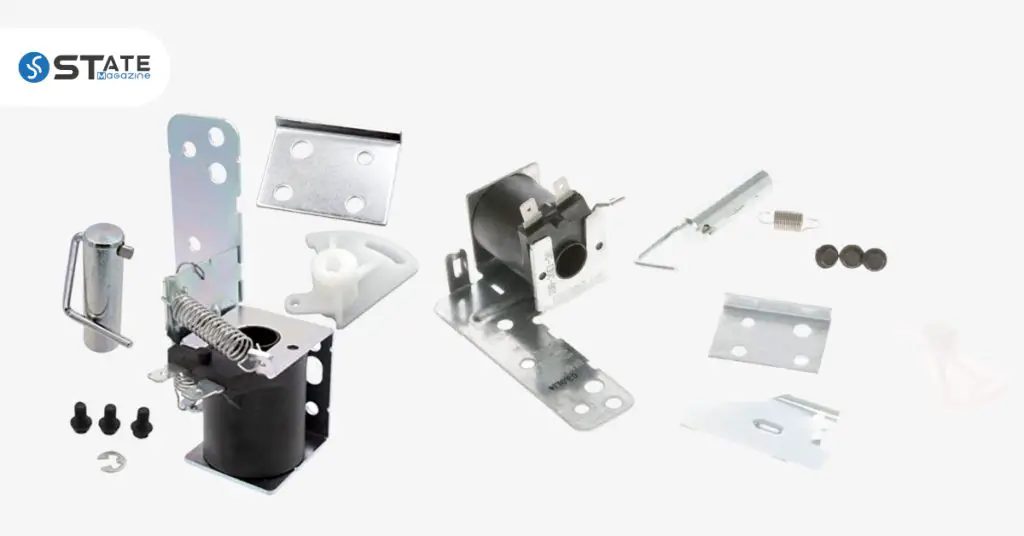
Next, the drain solenoid should be checked for any issues. As the solenoid is responsible for opening the drain valve, if it doesn’t function properly, you would have problems with the GE dishwasher not draining. You can do this by locating the drain solenoid by removing the bottom panel of the dishwasher. Then you can find the drain solenoid attached to the main pump. Push down on the solenoid, and if it doesn’t move, then it is damaged and needs to be replaced. If it doesn’t move, then it is good, and you can troubleshoot it further as follows.
- Reconnect the power and start a wash cycle on the dishwasher.
- If the timer is mechanical, you can turn it slowly until the solenoid turns on.
- If it is not engaging even when you turn the timer all the way around, then the solenoid should be replaced.
- If your dishwasher has electronic controls, you would have to start a cycle and wait a few minutes. Then press the start/ reset button, and the solenoid should engage. If it doesn’t engage, then you need to replace the solenoid.
6. Check the Drain Valve
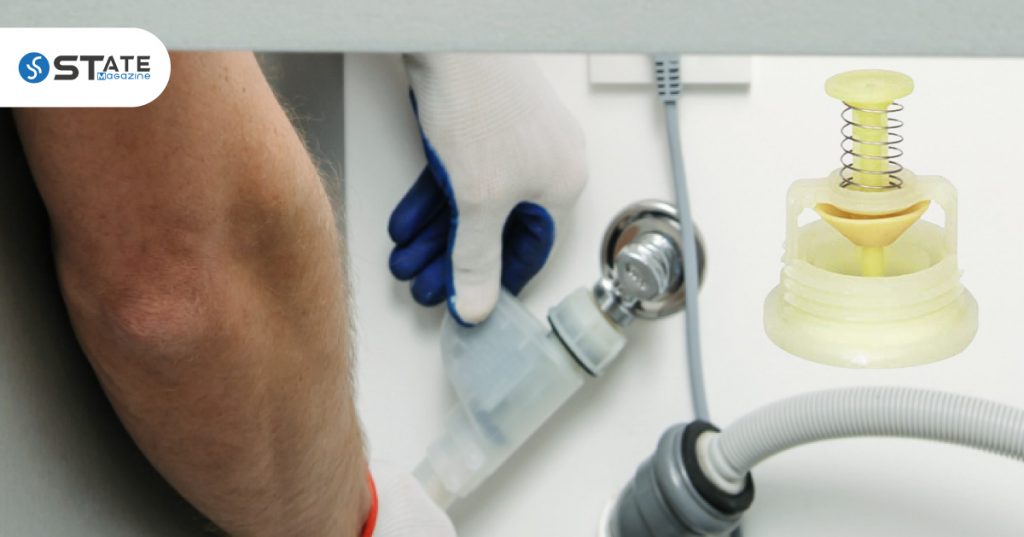
Your GE dishwasher won’t drain if the drain valve is clogged up. As it is usual for this to happen over time, you should make sure that water can pass through it using this simple procedure.
- Locate the drain valve and check whether it is clogged up.
- If it is clogged, then clean it and check whether the problem is solved.
- But if you notice it isn’t clogged and that it doesn’t operate when you try to drain the dishwasher, then it would have to be replaced since it cannot be repaired.
- However, if the drain valve is working, but the water doesn’t get drained, then there must be some other reason behind this.
7. Chopper Blade Area Clogged with Food
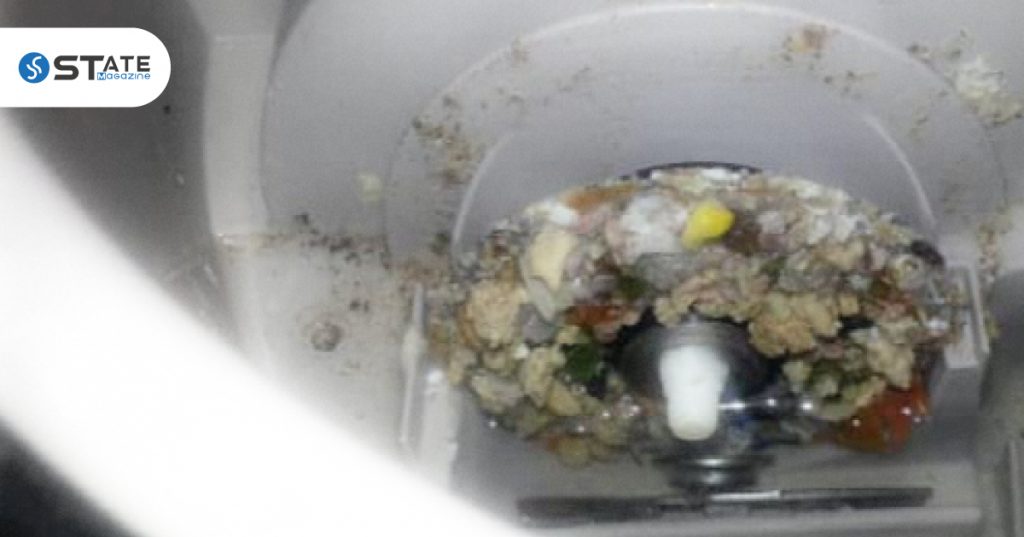
The chopper blade is designed for dicing the food leftovers into smaller particles before draining. This is used to help avoid clogging in the sink and dishwasher line. So if there are too many particles around the chopper screen, then your GE dishwasher will not drain. To troubleshoot this problem, you need to check the chopper blade for damages. If you find that the blades are worn out or damaged and won’t chop the particles, then you can replace them as follows.
- Never attempt anything unless you disconnect the power supply.
- Open the door, remove both the lower and upper racks from the dishwasher and keep them aside.
- Unscrew the nuts that hold the lower spray arm and lift it off.
- There are spring clips on each side of the spray tower, which are attached to the back wall of the washtub. Press these spring clips, and the tower would be released.
- You can release the lower spray arm bearing and then lift it from the center of the tub.
- Remove the screws that hold the filter housing and pump cover.
- After removing these items, you would see the chopper assembly.
- Remove the chopper assembly cover, and you should see the blade.
- If the blade is damaged, you need to replace it.
- Also, make sure to clean any food particles from the screens.
8. Check the Garbage Disposal
Another main cause that your GE dishwasher will not drain is due to the drain plug in the garbage disposal. If your dishwasher is connected to the garbage disposal and was installed recently, then the drain plug might not have been removed. This will prevent water from draining. But if your dishwasher is not connected to the garbage disposal, then the drain plug should not be removed. Follow these steps to fix this issue if your dishwasher is connected to the garbage disposal.
- First, remove the drain plug.
- Detach the drain hose from the garbage disposer and clean the disposer fitting and the drain hose. This is done to ensure that water drains out properly.
- Reattach the drain hose back to its fitting and turn on the dishwasher. This should have solved any issues in the garbage disposal.
9. Inspect the Check Ball and Check Valve
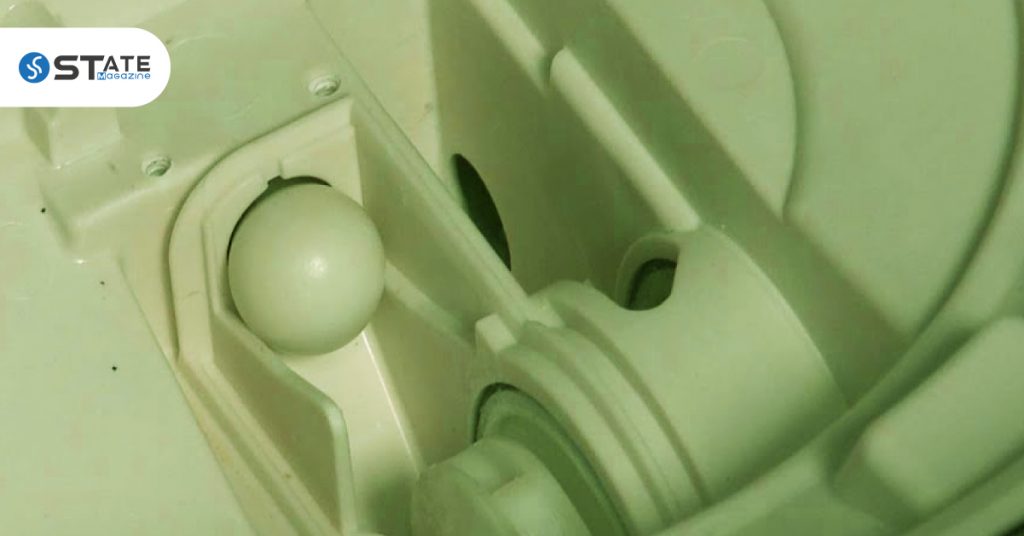
If you find your GE dishwasher not draining completely, then you need to examine the check ball and check the valve for any issues. These components are used to stop the water from entering back to the dishwasher once it has drained. But sometimes, this would not allow the water to drain as well. So you can check these components as follows.
- First, when you find the check valve, make sure that the check ball is not stuck.
- In case it is stuck, try to free it, and if you can’t do so, you would have to replace the whole valve component.
- If there is no issue with the check ball, then examine the valve to ensure that it does not have any clogging and damages interrupting it. If there is anything stuck, then clean it well. If the valve is damaged, then you should replace it.
- After cleaning or replacing the valve, check whether the problem has been solved. If the issue is still there, you would have to continue checking your dishwasher.
10. Check the Drain Hose
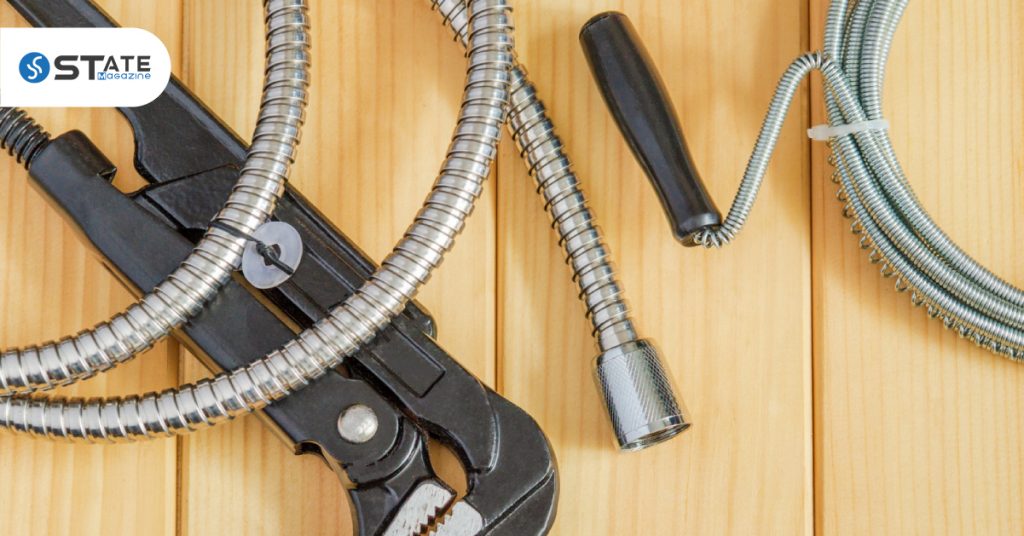
A clogged drain prevents the dishwasher from draining. So you can check this by first disconnecting the drain hose from the sink and dishwasher. Then clean the drain hose thoroughly to remove any debris. You can use a wire for this if needed. After cleaning, attach the hose back to check whether the dishwasher drains well.
11. Check the Water Pump Belt
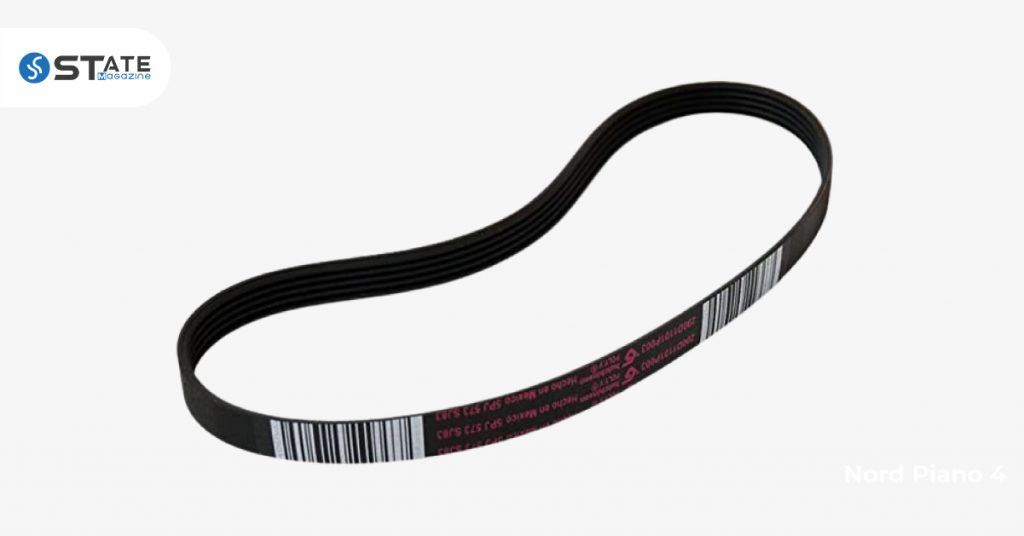
All GE dishwasher models would not have a pump belt. You can clarify whether your dishwasher has one from your appliance manual. If there is, then you can use the following methods to resolve any issues in it.
- Identify the location of the water pump belt. It can be found at the bottom of the drain motor.
- Check whether the pump belt is broken and if so, the belt needs to be replaced.
- After replacing it, turn the dishwasher on to check if the draining problem has been solved properly.
12. Too Much Dishwasher Detergent
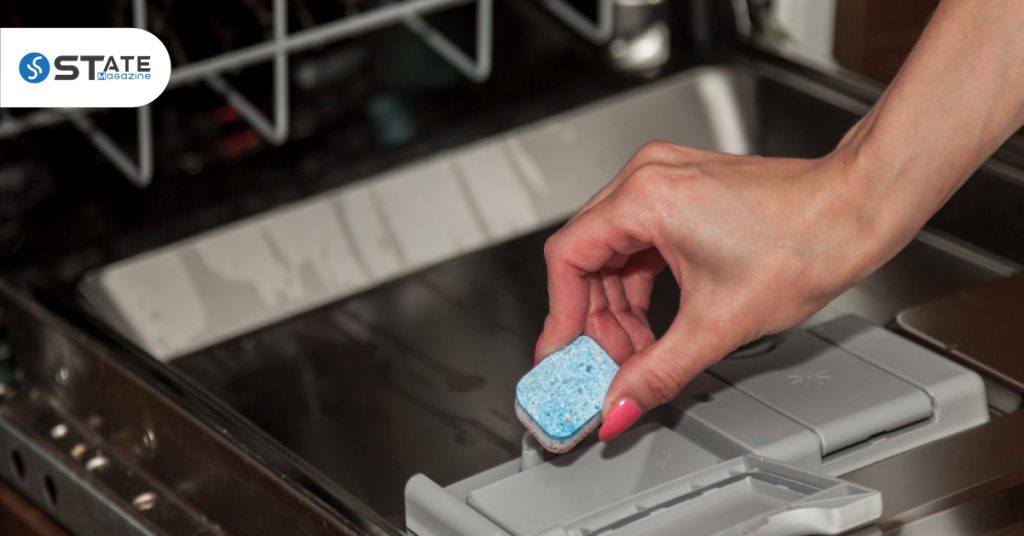
Though you might have never thought of this possibility, using too much detergent can be a reason why your GE dishwasher won’t drain. Excessive detergent in each wash would create suds that interfere with the draining, and you would notice residues and water at the end of the cycle. The fact whether you have hard or soft water can also affect the amount of detergent to be used. You can get further recommendations related to this by referring to your manual.
Frequently Asked Questions
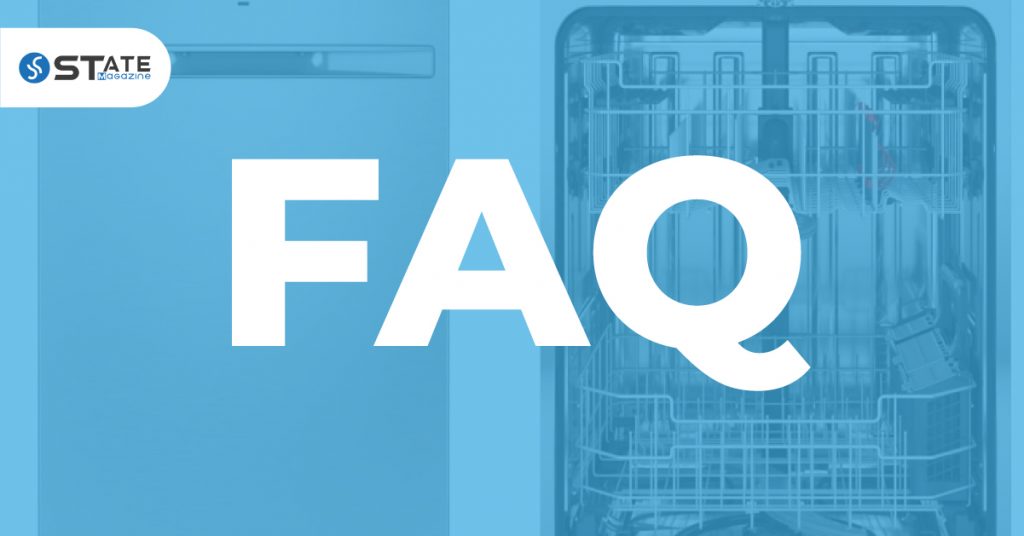
Why will my GE dishwasher not drain?
About 80% of the causes for GE dishwasher not draining are due to jammed drain pump motor by food leftovers and due to clogged drain hoses under the sink. The remaining 20% is due to clogged air gap, improper garbage disposal installation, or damaged drain pump motor or impeller.
Can you manually drain a dishwasher?
Yes, you can start this by removing the bottom dish rack to get more space. Then scoop the water with a plastic cup and transfer it to a bucket. You can speed up this process by using a wet and dry vacuum as well.
How do I know if my dishwasher drain hose is clogged?
Having a small amount of water at the bottom of your dishwasher might be normal. But if this amount exceeds over a cup or two of water, then there must be a problem with the drain hose clogging.
Conclusion
You can use the above-mentioned methods to troubleshoot problems related to the GE dishwasher not draining. If you find it difficult to identify the issues alone, then you should get help from your technician. Very often, the replacement of components should be done by an experienced person because fixing them wrong can cause additional damage to your appliance. So make sure to try out all these carefully, not to void your warranty.
In case you find that your dishwasher cannot be repaired inexpensively, then you might have to consider replacing it. If you are interested in purchasing a new dishwasher, here are some of the Dishwasher Brands to Avoid.
If you know of someone having trouble with their Bosch dishwasher, you can share this article that explains why Your Bosch Dishwasher Won’t Start.

